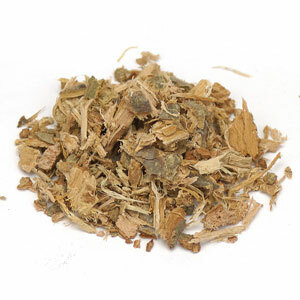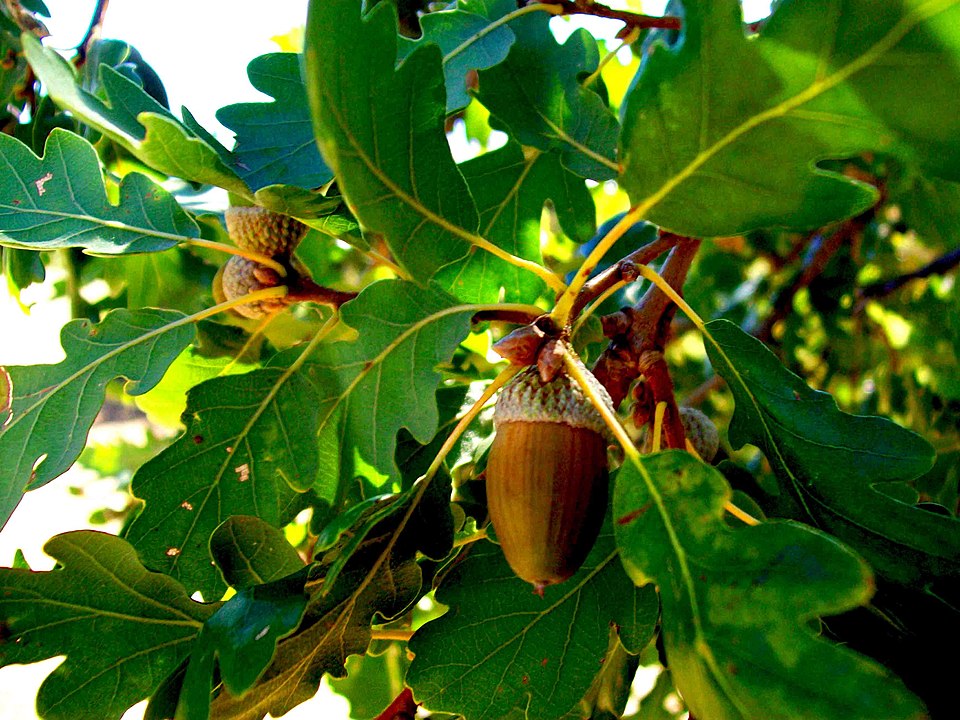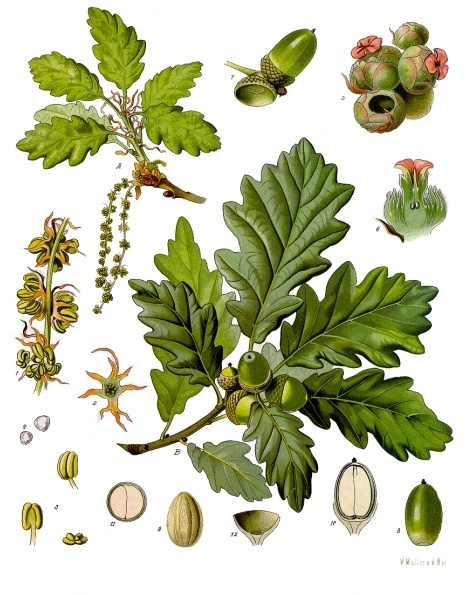Western Bulk Herbs – White Oak Bark
White oak bark used to treat skin irritations, burns, anal fissures, eczema, and hemorrhoids. It can also be used as a gargle to treat sore throats and tonsillitis plus it works well to diarrhea and dysentery.
Latin Name:
Quercus petraea
Common Names:
Oak bark
Parts Used:
Dried or toasted bark.
Properties:
Astringent
Traditional Uses:
Baths, washes, infusions, teas, tinctures.
Topical Uses / Applications:
Culinary Uses:
Not normally used in cooking.
Chemical Properties:
Starch, tannins, resins, calcium oxalate, and quillaic acid.
Cautions:
Do not use externally on skin damage over a large area due to tannin absorption. Do not use in a tea bath for weeping eczema, fever, infection, heart failure, or hypertonia. Do not use if you are constipated. Do not use if there is iron deficiency anemia or malnutrition. Oak may also reduce the absorption of alkaloids and other drugs.
Folk Lore:
The oak of Libbeiya in the Lebanon measures 37 feet in girth, and its branches cover an area whose circumference measured over 90 yards. The Arab name is Sindian.
The Greeks held the Oak sacred, the Romans dedicated it to Jupiter, and the Druids venerated it.
In England the name Gospel Oak is still retained in many counties, relating to the time when Psalms and Gospel truths were uttered beneath their shade. They were notable objects as resting-places in the ‘beating of the parish bounds,’ a practice supposed to have been derived from the feast to the god Terminus.
The following is a quotation from Withers: “That every man might keep his own possessions, Our fathers used, in reverent processions, With zealous prayers, and with praiseful cheere, To walk their parish limits once a year; And well-known marks (which sacrilegious hands Now cut or breake) so bordered out their lands, That every one distinctly knew his owne, And brawles now rife were then unknowne.” A Modern Herbal
*Disclaimer: These statements have not been evaluated by the Food and Drug Administration. This product is not intended to diagnose, treat, cure or prevent any disease.
Resources:
PDR for Herbal Medicines, 2000. Medical Economics Company, Montvale, New Jersey.
The New Holistic Herbal. David Hoffmann, 1990. Barnes and Noble Books, New York.
A Modern Herbal, Mrs. M. Grieve, (Dover Publications, New York, 1971)
Major Herbs of Ayurvedic.Compiled by Dahur Research Foundation and Dahur Ayurvet Limited, Ghaziabad, India., 2002. Churchill Livingstone, London, England.
Chinese Herbal Medicine: Materia Medica, Third Edition, Dan Bensky and Andrew Gamble, 1986. Eastland Press, Seattle, WA.








Reviews
There are no reviews yet.